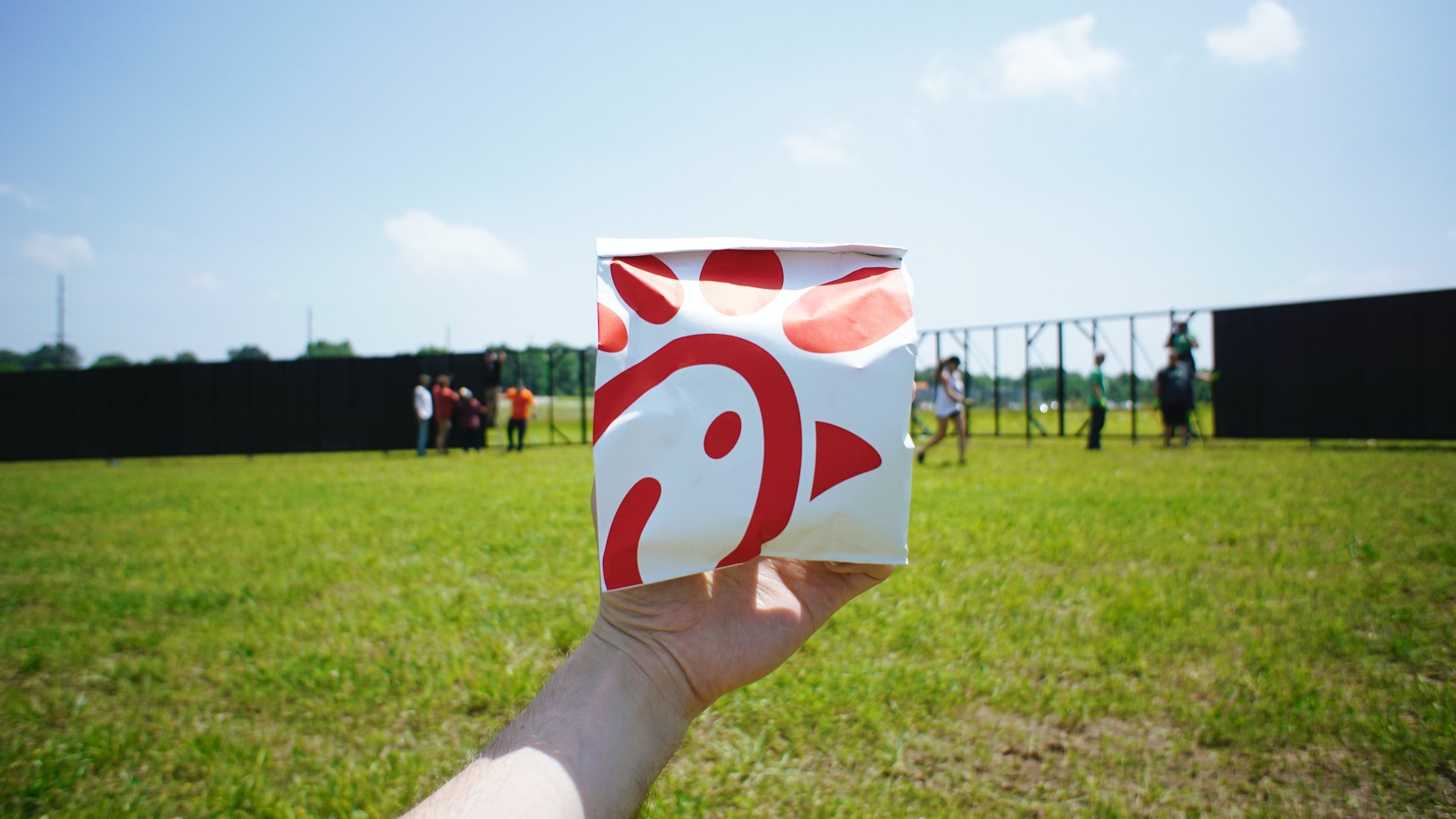Warehouses are turning to robots to offset labor costs
📦 Warehouses are turning to robots to offset labor costs.
According to a recent report from IDC and Vecna Robotics, Marking the Business Case for Supply Chain Automation, productivity in warehouses is being negatively impacted by as much as 50% because of unaccounted labor costs. These undercounted costs can cost businesses approximately $170 billion per year. Lack of skills, poor performance, and labor shortages have warehouses turning more to robotics and other technology advancements. This is also a method of avoiding a high turnover rate.
Amazon, along with SpaceX and Trader Joe's, is challenging the constitutionality of the National Labor Relations Board (NLRB) in legal filings.
New advances in computer vision are improving worker safety by addressing the deficiencies that have hindered robotic automation in taking over dangerous tasks for workers.
The Bronx Logistics Center in Hunts Point has achieved LEED v4 Platinum certification, making it one of the few distribution buildings in the US with this prestigious rating.
City permits have been issued for the construction of Building 1 at the W. 12th/Edgewood Logistics Center in Jacksonville.
The Department of Labor has launched a three-year "national emphasis program" aimed at improving workplace hazard prevention in warehouses, distribution centers, processing facilities, and high-risk retail establishments.
This article emphasizes the importance of warehouse visibility in optimizing operations, enhancing customer service, and staying ahead of the competition.
OSHA, the Occupational Safety and Health Administration, has launched a national emphasis program aimed at reducing workplace hazards in warehouses, distribution centers, and similar facilities.
Hallmark has opened a second distribution center, named Liberty II, in Liberty, Missouri, as part of its efforts to optimize and centralize its distribution network.
As the labor market becomes increasingly tight and costly, companies are turning to automation to meet rising demand, boost productivity, and enhance customer experience in e-commerce and B2B operations.
Walmart has opened its largest fulfillment center in McCordsville, Indiana, as part of its e-commerce growth strategy to reach 95% of the US population within two days of ordering.
Cushman & Wakefield's report indicates a slight increase in industrial vacancy rates during the second quarter, signaling a softening in the demand for warehouse and inventory storage space.
A think tank, the Information Technology and Innovation Foundation, has called on policymakers to support the adoption and innovation of robotics in warehouses to enhance labor productivity, worker safety, delivery times, and supply chain resiliency.
XPO Logistics, a prominent freight transportation provider in North America, has completed the expansion of its Salt Lake City service center.
The Home Depot is embarking on a cost-saving initiative worth $500 million to optimize its supply chain and reduce fixed operating costs.
Target has opened its first extension facility in Smyrna, Georgia, allowing the retailer to reach an additional 500,000 customers for next-day delivery in the Atlanta area.
Amazon has introduced the first phase of its new headquarters complex, "HQ2," in Arlington, Virginia.
CapRock Partners has acquired a 22.1-acre parcel within the World Logistics Center master plan in Moreno Valley, California.
Rocky Mountain Chocolate Factory is implementing measures to achieve $1.2 million in annual cost savings across its supply chain.
Inventory picking robots are autonomous machines designed to retrieve items from shelves or storage locations in a warehouse or fulfillment center.
Reports are now showing that in 2022, 3PLs accounted for 41% of all lease transactions in warehouses and distribution centers that have at least 200,000 square feet.
The Inland Empire of Southern California has been experiencing a significant slowdown since the height of the pandemic.
The fast food favorite for fried-chicken lovers across the United States has announced its plans to construct its fifth U.S. distribution center.
If you’re a fan of the retailer, Target… well then you’re in luck.
A 50% increase in inventory can be difficult for a retailer due to the need for additional storage space, strain on cash flow, increased risk of stockouts, and additional challenges in inventory management.
When there is an inventory glut, it means that there is more supply of a particular product than demand for it.
According to “Competing for The Warehouse Workforce of the Future”, a study commissioned by Lucas Systems of 500 on-floor warehouse workers, 3 out of 4 workers say that they trust robots to assist them to perform better at work.
There were 3,609 factory fire alerts in 2022, the most ever recorded in a single year and up 85% year-on-year.
The retailer has placed the blame on capacity constraints at U.S. distribution centers, citing that the company’s ending inventory had increased 58% year over year.
Dr. Martens is temporarily opening three warehouses in Los Angeles to assist with the flux of inbound shipments clogging its distribution center in Los Angeles, California.































Taiwan Semiconductor Manufacturing Co. (TSMC), a global leader in semiconductor fabrication, is set to receive a significant boost in the U.S. with up to $6.6 billion in funding from the U.S. government.